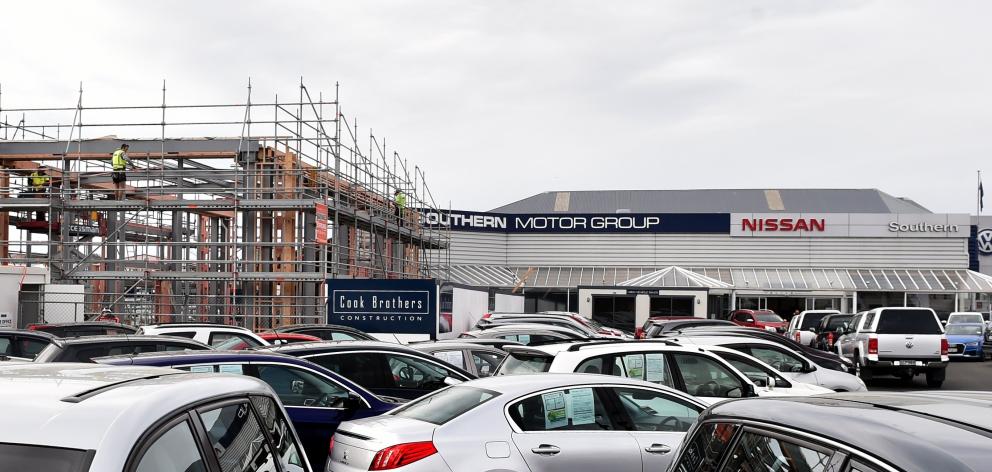
There were 168 consents issued in Otago, worth $66 million, in July last year. That increased to 282 consents worth $98 million this July, aided by more new homes and a small spike in Queenstown apartments, data from Statistics New Zealand showed.
''Otago region had the largest rise from July 2016, with 114 more homes consented,'' SNZ's construction statistics manager, Melissa McKenzie, said.
The Auckland region had the largest fall in July this year, with 313 fewer new homes consented compared with July 2016 - down 29% - to 774.
''The [Auckland] fall was driven by decreases in the volatile apartment and townhouse categories,'' Ms McKenzie said.
While residential work values rose from $895million a year ago to $1.01billion, non-residential consents eased 1.5% to $6.2billion. The largest gain was in offices, administration, and public transport buildings up 4.6% to $1.2billion, but education buildings declined the most, down 26% to $1billion.
Westpac senior economist Satish Ranchhod said the slight pullback in total consents in July masked different trends in the main centres.
Dwelling consent numbers in Auckland fell sharply, mostly due to a fall in apartments and medium-density housing, with just over 10,000 new dwellings consented in the past year.
''Issuance in Auckland has flatlined over the past year, and remains below the levels needed to keep up with population growth,'' he said.
Mr Ranchhod said the construction sector upturn had run into some roadblocks from capacity constraints, rising cost pressures and tighter credit conditions, plus pre-election uncertainty might be having some dampening impact.
''We anticipate a period of subdued construction growth as a result of these constraints, though there is still a large pipeline of planned work.''
ASB economists said following a strong lift in consents during May, there had been dips in the following two months. It noted consent issuances for Auckland and Canterbury were ''well below'' their peaks of mid-2016.
''A concerted period of strong building activity will be needed to meet population needs and address housing shortages,'' ASB said.
Ms McKenzie said Auckland's numbers were ''quite volatile'' because almost half the homes consented were in multi-unit projects. On average, the Auckland region approved consents for more than 800 new homes a month.
Data on all consents issued during the year to July showed Queenstown Lakes District had 1026 new dwellings, of which the largest segment was 762 houses; Central Otago had 414 dwellings (376 homes); Dunedin had 460, including 386 homes; Clutha had 59, with 45 homes; and Waitaki 77 new dwellings, of which 68 were houses.












